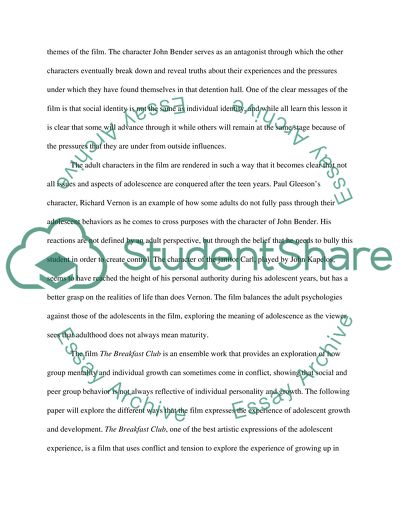Cite this document
(“The Breakfast Club: Film and Adolescent Development Themes Essay”, n.d.)
Retrieved from https://studentshare.org/visual-arts-film-studies/1440093-film-study-the-breakfast-club
Retrieved from https://studentshare.org/visual-arts-film-studies/1440093-film-study-the-breakfast-club
(The Breakfast Club: Film and Adolescent Development Themes Essay)
https://studentshare.org/visual-arts-film-studies/1440093-film-study-the-breakfast-club.
https://studentshare.org/visual-arts-film-studies/1440093-film-study-the-breakfast-club.
“The Breakfast Club: Film and Adolescent Development Themes Essay”, n.d. https://studentshare.org/visual-arts-film-studies/1440093-film-study-the-breakfast-club.


